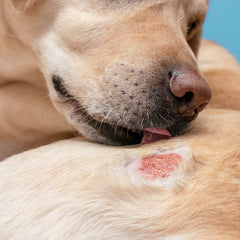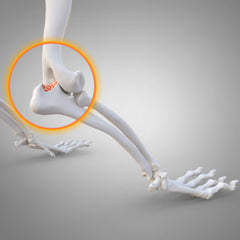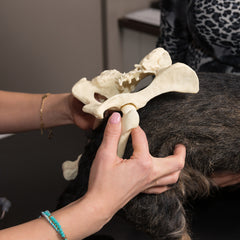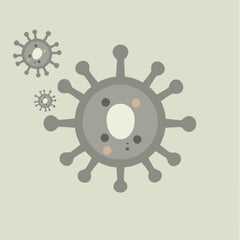Diseases
Diseases in dogs and cats: Your guide
Dogs and cats aren't just pets, they're beloved family members. Their health is our top priority, as illnesses can not only impair their quality of life but also cause concern for you as an owner. On this page, we provide an overview of the most common illnesses in dogs and cats, as well as tips on how to help your pet and what to look out for.
Why prevention is so important
The best medicine is prevention. Regular veterinary visits, a balanced diet, and adherence to vaccination schedules can prevent many diseases. Equally important are hygiene, parasite control, and the right amount of exercise. By paying attention to changes in your pet's behavior or appearance early on, you can quickly identify and treat potential problems.
Common diseases in dogs and cats
Dogs and cats can suffer from a variety of diseases that vary in type and severity. Here are some categories where problems can occur:
1. Infectious diseases
Infectious diseases such as cat flu or parvovirus in dogs are often serious, but preventable through vaccination. Symptoms such as fever, fatigue, or loss of appetite should be taken seriously.
2. Parasites
Fleas, ticks, and worms are not only unpleasant, but can also transmit diseases. Regular deworming and the use of spot-ons or collars will help protect your pet.
3. Chronic diseases
Chronic conditions such as osteoarthritis or kidney disease occur primarily in older animals. Early diagnosis and targeted treatment can significantly improve your pet's quality of life.
4. Allergies and skin problems
Allergies to food, pollen, or parasites are not uncommon. They often manifest as itching, rashes, or gastrointestinal problems. A visit to the veterinarian will help identify and treat the cause.
5. Dental problems
Tartar and gingivitis can lead to pain and even tooth loss. Regular dental care and a diet tailored to dental health are essential.
Recognize the first signs of illness
You know your dog or cat best. If you notice changes in behavior or appearance, these could be signs of illness. Here are some general warning signs:
- Sudden decline in activity
- Loss of appetite or increased thirst
- Vomiting or diarrhea
- Increased scratching or hair loss
- Behavioral changes such as aggression or withdrawal
If you notice anything unusual, do not hesitate to consult a veterinarian.
How to support your pet's health
In addition to veterinary care, you can do a lot for your dog or cat's health:
- Healthy nutrition : High-quality food ensures strong immune systems.
- Regular exercise : An active lifestyle promotes fitness and well-being.
- Care : Regular brushing, cleaning the ears and checking the claws will prevent minor problems.
- Relaxation : A stress-free environment and plenty of attention are good for your pet's psyche.
Conclusion: Your knowledge is the key
Your dog or cat's health is an important part of a long and happy life. With this overview, you'll be well-equipped to prevent illness and act quickly if necessary. If you have any questions or concerns, your veterinarian is the first point of contact. Together, you can ensure your pet stays healthy and happy.









